The Rise and Fall of the Flying Mizar Car: A Cautionary Tale of Innovation and Tragedy
Introduction
The Flying Mizar, In the golden age of aerospace innovation, a daring vision emerged – to create a car that could take to the skies. This ambitious project, known as the AVE Mizar, captivated the public’s imagination in the early 1970s. The Mizar, a fusion of a Ford Pinto and a Cessna Skymaster, promised to revolutionize personal transportation. However, its journey was short-lived, ending in a tragic crash that not only claimed lives but also marked the demise of the company behind it.
Recent Released: Best Modern Automotive Technology In America
As we delve into the story of the Mizar, we’ll uncover the remarkable features that made it a technological marvel, the challenges that ultimately led to its downfall, and the lessons we can learn from this cautionary tale of innovation gone awry.
The Concept of the Flying Mizar Car
The AVE Mizar was the brainchild of Henry Smolinski, a Northrop-trained engineer with a passion for pushing the boundaries of automotive and aerospace engineering. Smolinski’s vision was to create a vehicle that could seamlessly transition from road to air, allowing users to drive it to the airport, attach the necessary wings and tail, and take to the skies.
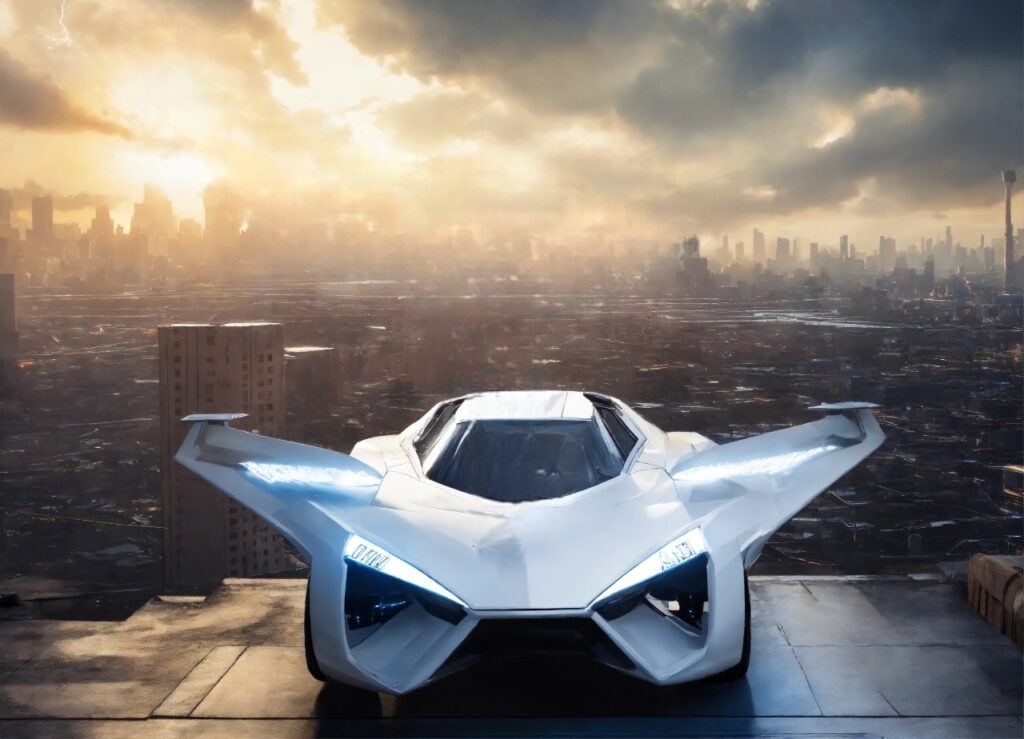
The Mizar was designed to be a hybrid of a Ford Pinto and a Cessna Skymaster. The rear section of the Cessna Skymaster, including its pusher engine, would be mated to the front section of the Pinto, creating a unique and unprecedented configuration. This integration was intended to provide the Mizar with the best of both worlds – the road-going capabilities of a passenger car and the aerial prowess of a small aircraft.
Key Features of the Mizar
To bring this ambitious concept to life, the Mizar was endowed with several innovative features:
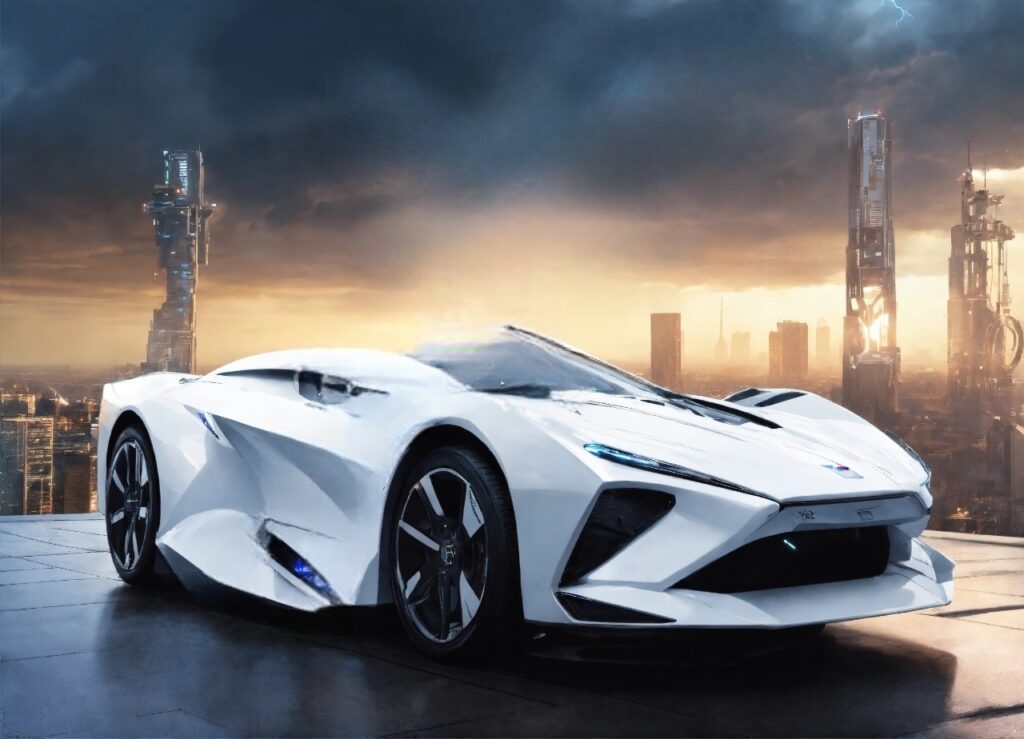
| Feature | Specification |
| Driving Range | 750 miles |
| Airspeed | 130 mph |
| Takeoff Speed | 65 mph |
| Seating Capacity | 2 |
| Fuel Efficiency | Hybrid (Pinto engine + Cessna engine) |
| Control System | Semi-common, with steering wheel as yoke and additional rudder pedals |
| Targeted Price | $114,500 (modern equivalent) |
The Mizar’s control system was designed to be intuitive, with the steering wheel doubling as a yoke for aerial navigation and additional pedals controlling the rudder. This semi-common control scheme was intended to make the transition between driving and flying seamless for the pilot-driver.
Challenges and Setbacks
Despite the Mizar’s promising concept and impressive specifications, the project was not without its challenges. From the beginning, the Mizar faced a series of issues that would ultimately lead to its demise.
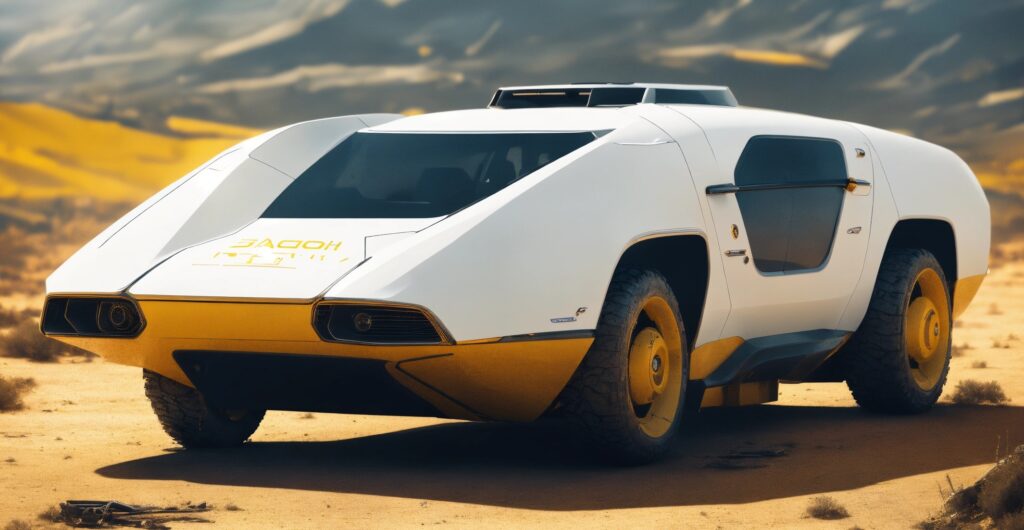
One of the earliest warning signs was an incident in early 1973, where a failed right wing strut mounting attachment occurred during a test flight. This should have been a clear indication of the structural weaknesses that would plague the Mizar.
Furthermore, the Mizar’s weight was a constant concern. The hybrid design, which combined the Pinto’s body with the Cessna’s airframe, resulted in an overall weight that exceeded the Skymaster’s maximum certified takeoff weight. This overburdening of the airframe would prove to be a critical flaw.
Reports also emerged of poor craftsmanship, with issues like bad welds and loose structural components being discovered. The Mizar’s build quality was far from the standards required for a safe and reliable flying vehicle.
The Tragic Crash and Aftermath
On September 11, 1973, the Mizar’s fate was sealed. With the project’s main test pilot unavailable, Henry Smolinski decided to take the Mizar for a test flight, accompanied by Harold Blake as the pilot.
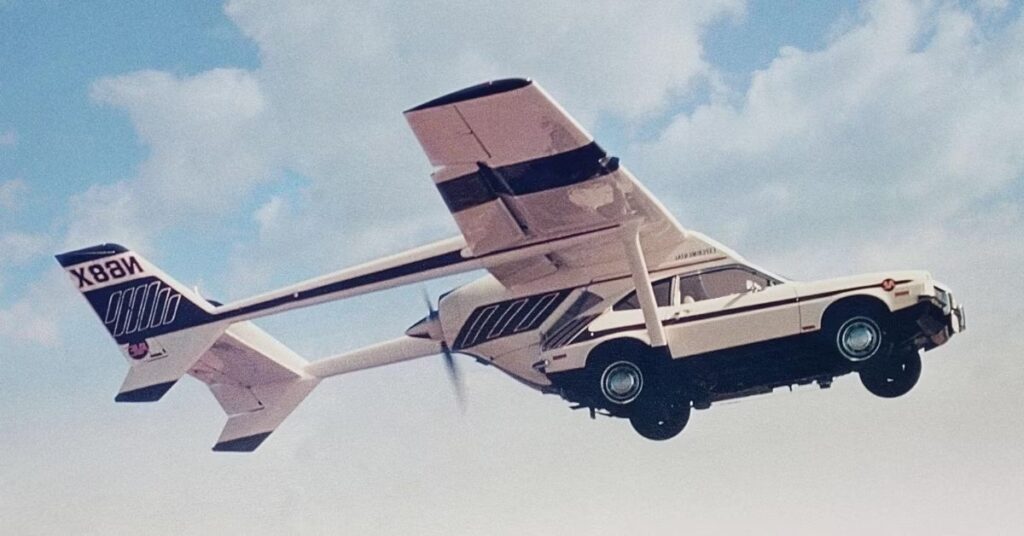
During the flight, disaster struck. The Mizar struck a tree, causing the right wing to detach, and the vehicle crashed into a nearby pickup truck, bursting into flames. Both Smolinski and Blake were killed almost instantly.
The National Transportation Safety Board’s investigation attributed the crash to the Mizar’s poor design and overburdened airframe. The Mizar’s weight, combined with the structural issues, had ultimately led to its tragic demise.
Lessons Learned and the Future of Flying Cars
The fate of the Mizar serves as a cautionary tale for the aviation and automotive industries. It highlights the challenges and risks associated with pushing the boundaries of innovation, particularly when merging complex technologies.
The lessons learned from the Mizar’s downfall have shaped the modern approach to flying car development. Today, stricter safety standards, more robust engineering practices, and a deeper understanding of the challenges involved have made the design and implementation of flying cars a more manageable task.
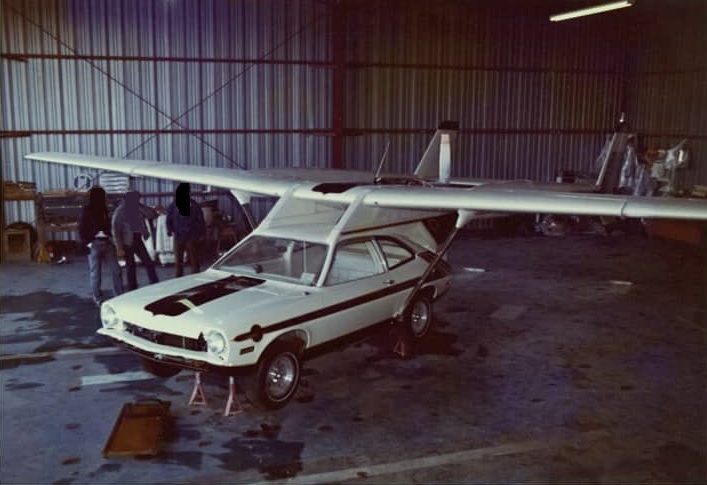
While the Mizar project may have ended in tragedy, the dream of personal flying vehicles has not been extinguished. Companies like Alef Aeronautics have emerged, developing fully functional flying cars with legal approval to fly in the United States. These modern flying cars, such as the Alef Model A, boast advanced electric propulsion, improved safety features, and a more streamlined integration of road and air capabilities.
Conclusion
The story of the AVE Mizar is a poignant reminder of the risks and rewards that come with pushing the boundaries of innovation. While the Mizar’s ambitious concept captivated the public, its tragic end serves as a cautionary tale for future endeavors in the field of flying cars.
As we move forward, the lessons learned from the Mizar’s downfall will continue to shape the development of safer, more reliable, and more accessible flying vehicles. The dream of personal air travel may yet be realized, but it will require a steadfast commitment to engineering excellence, rigorous safety protocols, and a deep understanding of the complexities involved.
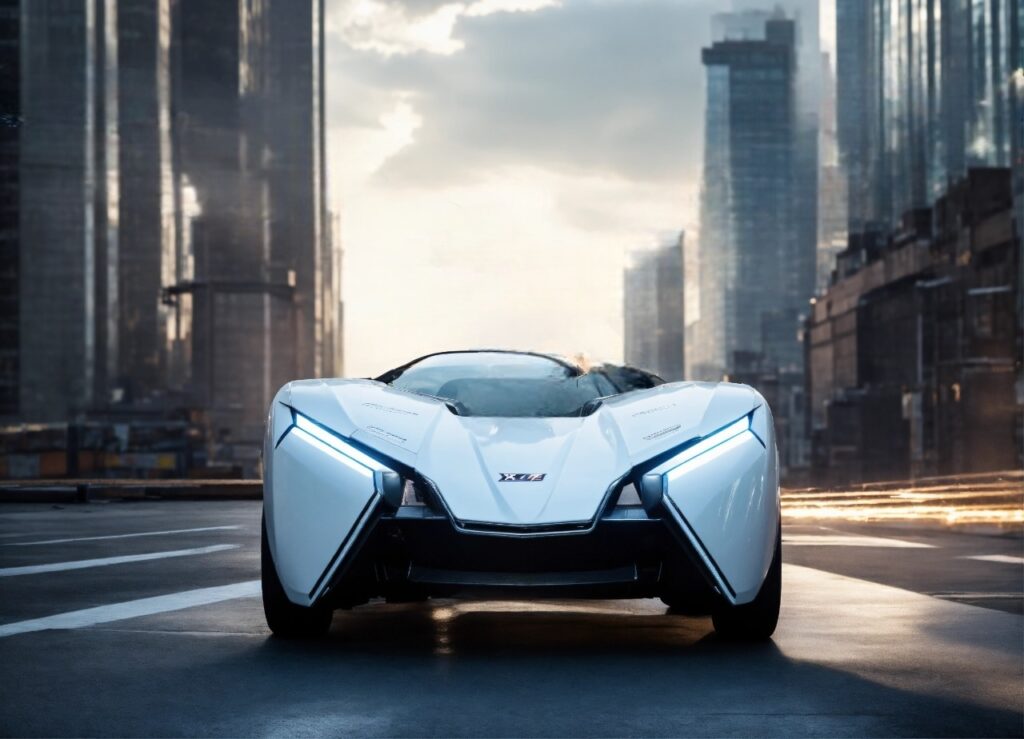
The Flying Mizar legacy lives on as a testament to the power of innovation and the importance of navigating the challenges of merging automotive and aerospace technologies with the utmost care and diligence. Only then can the vision of a future where cars take to the skies become a reality.


Leave a Reply